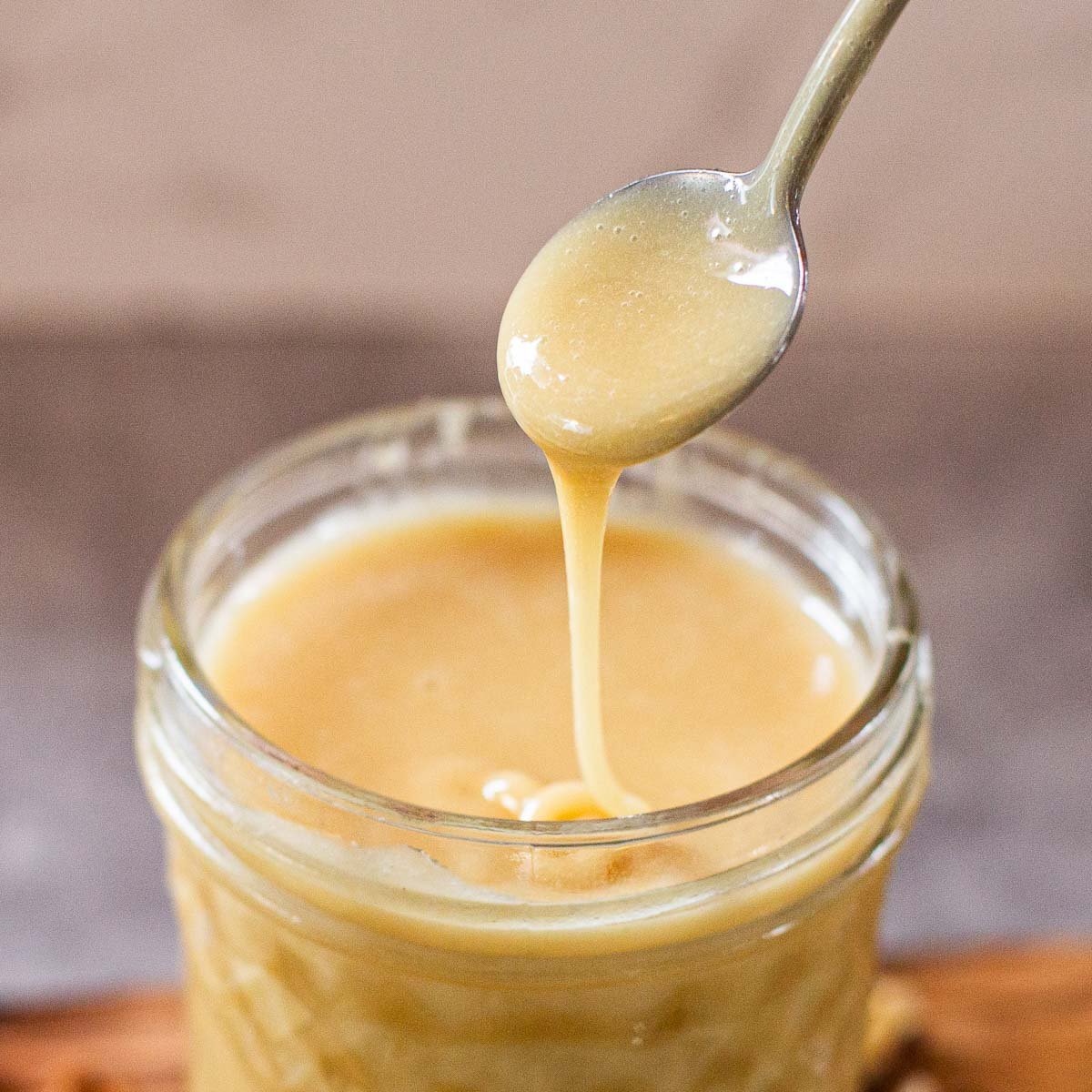Honey is a timeless natural sweetener beloved around the world, but have you ever heard of creamed honey? It’s a unique and delicious variation that many honey enthusiasts swear by. But what exactly is creamed honey, how does it differ from regular honey or comb honey, and what benefits does it offer? In this article, we’ll explore everything you need to know about creamed honey, including how it’s made and how you can enjoy it.
What Is Creamed Honey? How Is It Different from Regular Honey?
Creamed honey, sometimes called whipped honey or spun honey, is honey that has been processed to control crystallization. Unlike traditional liquid honey, which can crystallize randomly and form coarse grains, creamed honey has a smooth, spreadable texture that’s easy to enjoy.
How Does Creamed Honey Compare to Comb Honey?
• Creamed Honey: It’s pure honey that’s been carefully crystallized to create a creamy, fine texture. It doesn’t contain any beeswax.
• Comb Honey: Honey that’s still stored in the natural beeswax cells of the hive. You get both honey and edible wax, making it a more natural form but with a chewy texture.
Creamed honey offers a middle ground—pure honey in a smooth, spreadable form without the wax.
How Is Creamed Honey Made? The Art Behind the Creamy Texture
The process of making creamed honey involves carefully controlling the crystallization process:
• Seeding: A small amount of finely crystallized honey is mixed into liquid honey. This “seed” initiates smooth crystallization.
• Controlled Cooling: The mixture is cooled to encourage uniform crystal growth, avoiding large, gritty crystals.
• Resting: The honey is stored at a cool temperature for several days or weeks to develop its creamy consistency.
• Packaging: Once the perfect texture is reached, it’s packaged by a honey company for sale.
Why Is This Process Important?
Without controlling crystallization, honey often becomes grainy or hardens unevenly. Creamed honey offers consistent smoothness that’s easy to spread, making it popular with consumers.
What Are the Benefits of Creamed Honey?
Creamed honey isn’t just about texture—it offers a range of benefits that make it a fantastic addition to your pantry.
1. Easy to Use
• Spread it effortlessly on toast, muffins, or pancakes.
• Stir into tea or yogurt without worrying about clumps.
• Use it as a natural sweetener in recipes where smooth texture matters.
2. Retains Natural Goodness
• Since it’s still raw honey, it maintains enzymes, antioxidants, and nutrients.
• No heating or heavy processing means more health benefits compared to processed sweeteners.
3. Longer Shelf Life
The controlled crystallization slows down further grainy changes, so creamed honey stays fresh and pleasant for longer.
How Can You Enjoy Creamed Honey? Delicious Uses and Tips
Here are some creative ways to incorporate creamed honey into your daily routine:
Sweeten Breakfast and Snacks
• Spread on warm toast, bagels, or English muffins.
• Mix into oatmeal or granola bowls.
• Pair with nut butters for a tasty spread.
Cooking and Baking
• Use as a natural sweetener in cakes, cookies, or dressings.
• Blend into smoothies for added sweetness and nutrients.
Beverage Enhancer
• Stir into tea or coffee for a smooth, sweet flavor.
• Add to homemade lemonades or herbal infusions.
Why Choose a Trusted Honey Company?
When buying creamed honey, it’s important to choose a reputable honey company that sources and processes honey carefully. Quality matters because:
• Pure honey means no added sugars or preservatives.
• Responsible sourcing supports bee populations and sustainable practices.
• A good honey company often offers a variety of honey products, including creamed honey and comb honey, for different tastes.
Is Creamed Honey Better Than Comb Honey?
This often depends on personal preference:
• If you love the natural wax texture and the idea of eating honey as close to its natural state as possible, comb honey is ideal.
• If you prefer a smooth, spreadable honey that’s easy to use daily, creamed honey is the way to go.
Both forms are delicious and healthy but serve different culinary and sensory experiences.
Tips for Storing and Using Creamed Honey
• Store creamed honey at room temperature, away from direct sunlight.
• Avoid refrigerating as it may harden.
• Use a clean spoon to scoop honey to prevent contamination.
• Keep the lid tightly closed to preserve freshness.
Conclusion
Creamed honey offers a delightful twist on traditional honey—combining all the natural goodness of pure honey with a smooth, spreadable texture that makes it incredibly versatile. Whether you enjoy it on toast, in your tea, or as part of your favorite recipes, creamed honey is a tasty, natural sweetener worth trying.
Choosing creamed honey from a trusted honey company ensures you get the highest quality product that supports both your health and sustainable beekeeping practices. And if you’re curious to explore more, don’t forget about comb honey—the purest form straight from the hive that offers a completely different, chewy honey experience.
Next time you shop for honey, why not add creamed honey to your cart? It’s a sweet choice that makes every meal a little more special.



